Seen in December
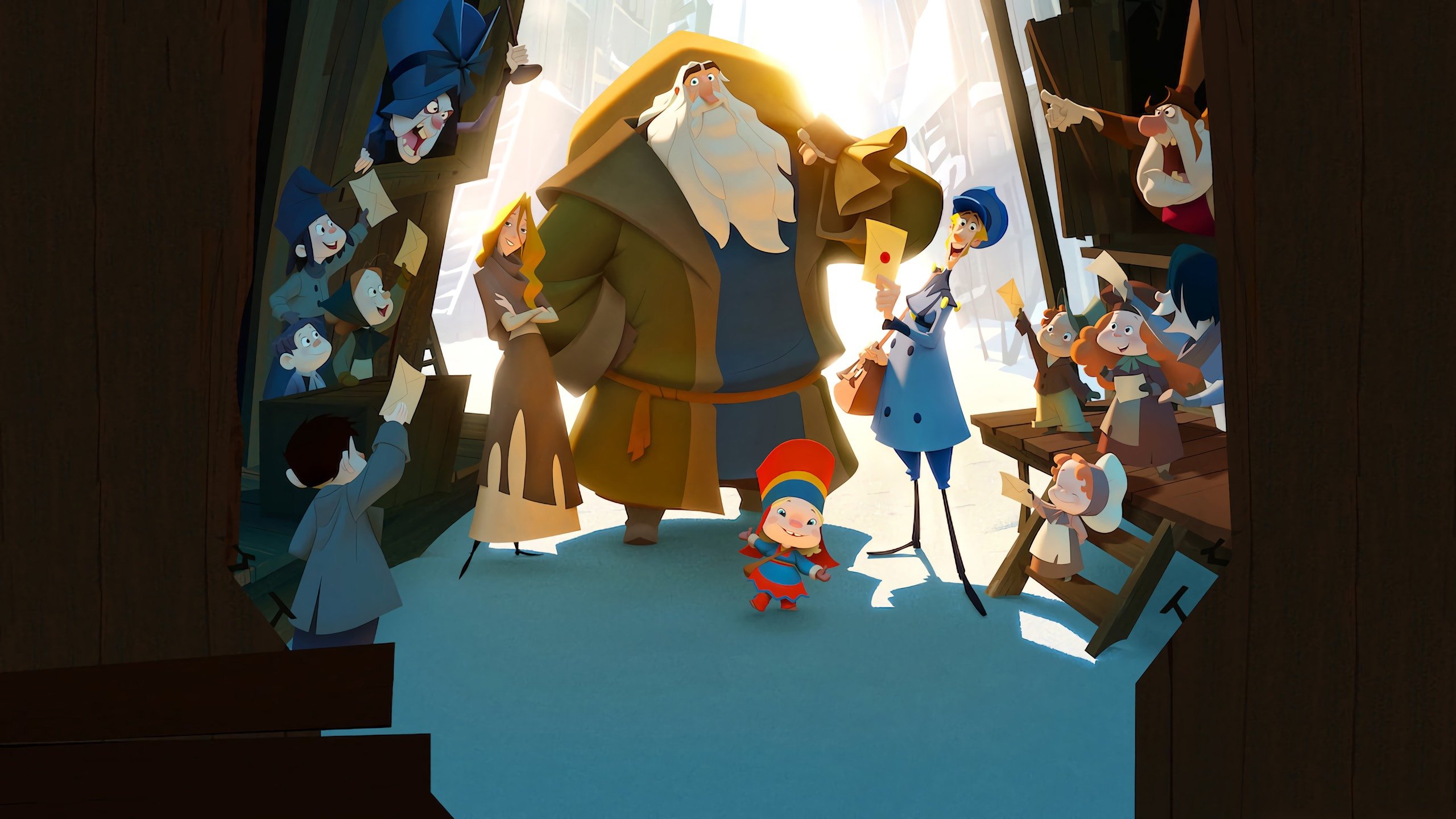
Klaus. Image via The Movie Db
December is the darkest month of the year which is a perfect time to hibernate and let the remote control be your guide. I stayed close to home and the couch and what I've shown here is only a portion of what I watched as it's typical over the holidays to consume comfort food, I also consumed comfort television and re-watched plenty of old favourites.
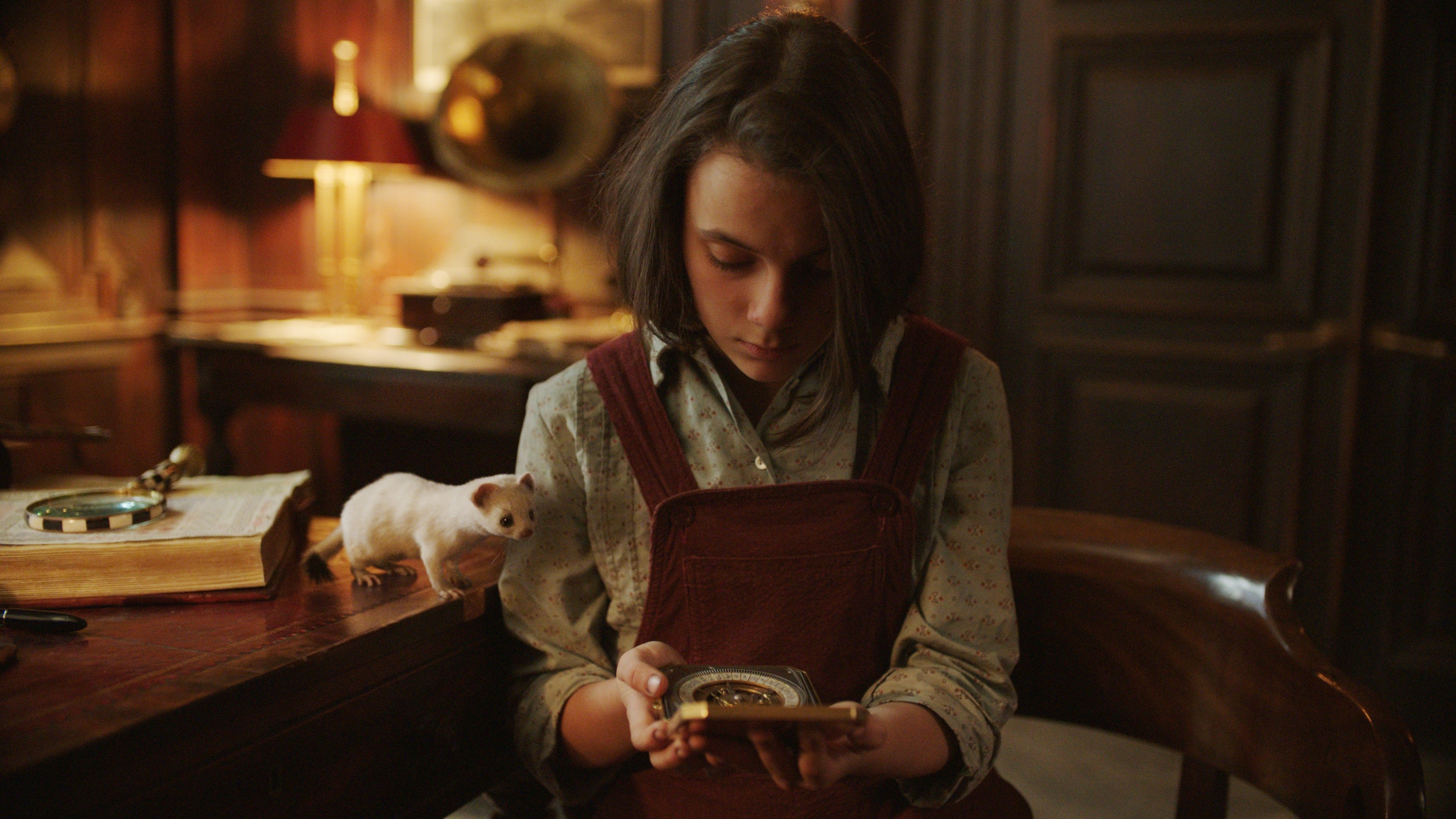
Lyra and her daemon in His Dark Materials. Image via The Movie Db
His Dark Materials, Season 1
Ok. I have no idea how to describe this HBO series based on a trilogy of Philip Pullman books so I’m going to cheat and just use the Internet Movie Database description: "A young girl is destined to liberate her world from the grip of the Magisterium which represses people's ties to magic and their animal spirits known as daemons.” The world of the young girl, Lyra Belacqua is sort of Steam Punk with a kind of unknown period look that could fall between 1910 to 1950, yet there are many vehicles or devices that appear very modern and old at the same time, such as the great air ships that are a common transport.The story is very much a battle between religious extremism (the Magisterium looks very much like the Catholic Church) and scientific discovery. The quality of the cast plus the production values are clear indicators that HBO hopes this may be their premium Game of Thrones replacement, and while I doubt it would reach that hype, if you enjoy fantasy, dramatic adventures, this might be for you.Klaus
This Netflix original animation is lovingly rendered in a style Disney animation pioneered and has long since abandoned. This Christmas cartoon is a standout for its design, which appears far more “2D” and like traditional animation than the more typical computer rendering you see nowadays. It also has a well used cast. Jason Schwartzman plays Jesper, a postman sent as punishment to the most northernly post office, tasked with meeting some kind of letter quota if he ever wants to return to his previous posh position. The town itself is locked in an inter-generational feud of unknown origins which makes the likelihood of an abundance of mail even less probable. Through one incident or another, Jesper meets a woodsman Klaus, voiced by J.K. Simmons, who lives alone and happens to be an expert toy maker. Spotting an opportunity to have children write letters to Klaus in exchange for a toy, Jesper schemes to meet his quota by essentially inventing a Christmas tradition. There’s a little more to it than that but not much. This film is beautifully realized and is a fun holiday treat. Give into its charms and enjoy it like the Christmas sweet it is.The Laundromat
Stephen Soderbergh’s take on the Panama Papers, is like a version of the Big Short which so expertly explained the 2008 financial crisis. Unfortunately, despite the combined star power of Meryl Streep, Gary Oldman and Antonio Banderas this film fizzles rather than burns. I suppose the intent was to show the wide ranging impact of the sort of tax-sheltering shell company financial world the release of the Panama Papers exposed. I think we all get how these schemes work, but don’t understand how any of it remains legal and how difficult it is to prosecute. How can a single person be named as the CEO of hundreds of companies that exist in name only? How can a company exist that has no board of directors, no address and no employees? All the loopholes of all the tax systems in all the world seem to have created havens such as the Canary Islands where a company needs none of these things to exist, and nothing stops a company like that from creating and owning many similar companies. The effect, of course, is that wealthy individuals not only hide their income from several tax collecting countries but they manage to keep that money out of the economy of many other countries solely for the purpose of stockpiling it. I could have told you all of this before seeing this film and have no greater insight after having seen it. Ironically, this film itself is a shell game. An empty shell at that.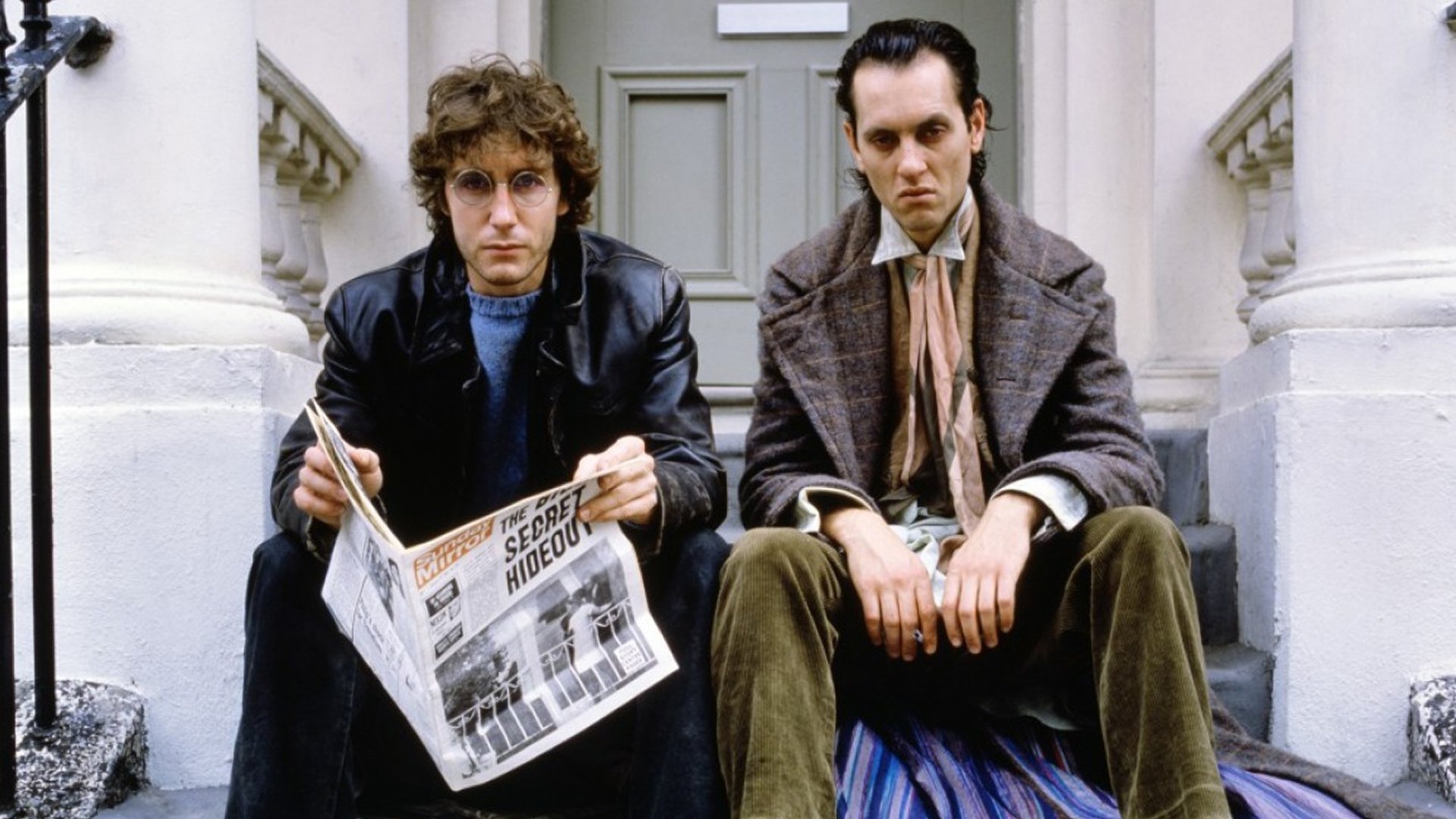
Withnail and I (Marwood). Image via The Movie Db
Withnail and I
This independent and eccentric little film from the 80s is a personal touchstone for me despite the fact that it is set in the 60s. It’s not so much about a bygone era as much as it is about a bygone youth, an important time you pass through between young adulthood and actual adulthood. Withnail, brought to life by Richard Grant, and his flatmate, are two hard drinking out of work actors. Without heat in their flat, which is filthy, with only a few pounds to their name, and no prospects they believe some time spent in a distant relative’s country house will do them a world of good. It doesn’t. Their continuing mishaps with the weather, the locals and their own ineptitude don’t really improve their lot. By the time they’ve met it back to London it looks as though their continuing cycle of drunkenness and recovery will be infinite until Withnail’s unnamed mate gets a job offer. At this point we realize the two are taking considerably different paths, the employed one who has cut his hair to take the job and Withnail who seems to begin an unstoppable descent into alcoholism and this is where the absurd comedy turns darkly to tragedy.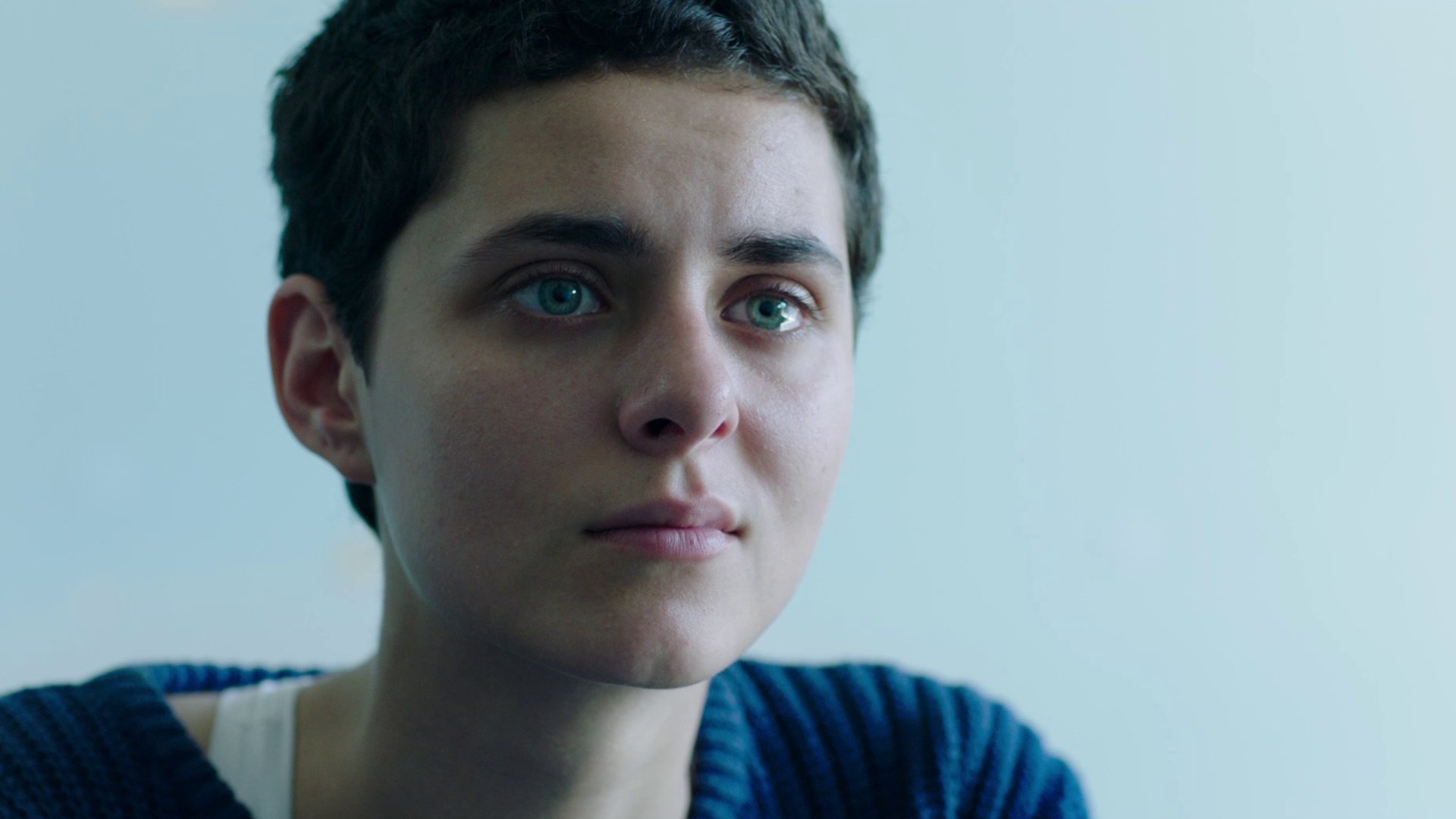
Antigone. Image via The Movie Db
Antigone
This story from Greek antiquity is reset in contemporary Quebec as an immigrant tale. An intelligent and successful student, Antigone is a high school-aged permanent resident. She lives with her sister, two brothers and has been raised by her aging grandmother; the family are refugees from a war torn homeland. When one brother is killed by police, it precipitates a series of events that leads to the threat of her other brother being deported to the country of his birth, that is essentially unknown to him. To save her brother from this injustice Antigone plots to replace her brother, allowing him to escape, believing her status as a minor will protect her. The fact this ancient story of honour, family, justice and exile can be so successfully retold in modern day Canada speaks to its universality and enduring themes. There are many more layers and themes that can be described here but let it be said, this film’s inclusion in TIFF’s top ten Canadian films of 2019 is well deserved.
The Mandalorian. Image via The Movie Db
The Mandalorian
Disney is clearly eager to expand the lore of Star Wars in the same way Marvel comics did and of all of the connected films and animated series this is a most worthy entry. The Mandalorian of the title is a bounty hunter, reminiscent of the Star Wars’ character, Boba Fett who is paid to capture a particular asset who it turns out is an infantile version of the Jedi master Yoda. The story is set only a few years following the collapse of the evil Empire in the film Return of the Jedi yet we see that some vestiges of the old Empire persist. The child (referred to by fans as “Baby Yoda”) winds up using its considerable abilities with the Force to save his captor, the Mandalorian (or Mando), which then leads to his reconsidering the fate of the little (and very cute) critter. Mando frees the child from whatever evil intent the Empire has planned and spends the remaining episodes fighting all who threaten his charge. Star Wars has always been a unique mix of swashbuckling adventure, samurai traditions, western gunslinging, Arthurian legend and space opera and this series, though leaning heavily on the story structure of the Western gunslinger mythos, successfully hits all those notes and more. One of my favourite things is that each episode ends with a credit sequence that uses concept art of the type that would be splashed over pulp novels or as comic book covers.The Sword in the Stone
As I was in the nostalgic frame of mind I thought I’d revisit this Disney classic retelling of the Arthurian legend. Unfortunately this is not a classic retelling. Though I love the character and background design and art, Disney leaned heavily on its rotoscoping technique (like an early version of motion capture) and the television practice of heavily re-using animation. Also the story of the wizard Merlin tutoring young pre-king Arthur by turning him into different animals is repetitive, insipid, stupid, boring and unimaginative. It’s not until the last few minutes of the film when young Arthur finally retrieves the sword, Excalibur from the stone of legend but by then it’s too late. The film had already died a thousand deaths.Monsters University
Like Monsters, Inc but essentially this is their "origin story". Basically, there's this university see, and it's where monsters go to get a degree in being a monster or something. It's cute but with jokes for the moms and dads.
The Rise of who now? Image via The Movie Db
Star Wars: the Rise of Skywalker
If fans were disappointed with this ninth and last of the Skywalker Star Wars stories they have no one to blame but themselves and their wildly speculative schemes that they thought would come to fruition. The Star Wars series of films and animated series have so many contradictions and course corrections that it would be impossible to create a film that tied up all the threads neatly. This movie does have its own inconsistencies but it moves at the pace we need an adventure to fly at and answers at least the most important questions. In this movie, the Republican rebels (the good guys) are on their last legs against an expanding First Order Empire (the bad guys) and their last and best hope, as always, is a single Jedi warrior, in this case Rey, played by Daisy Ridley. Her cosmic connection to her dark side enemy, Kylo Ren, played by Adam Driver is both a weakness and an advantage as she races toward her destiny in the ultimate and epic Jedi showdown that could save the galaxy from the Empire’s oppression. I won’t say too much more than that but will say I enjoyed the film, its cameos and galactic locations and battle scenes. My only real complaint is that too many other interesting characters, built up and hinted to be crucial to this story, were basically non-existent. Characters like Rose Tico, Benicio Del Toro’s thief, and Lupito Nyong’o’s Maz Kanata, all suggested to return meaningfully in the previous films were sidelined and tossed aside without any importance at all.
The Goonies. Image via The Movie Db
The Goonies
I’m of the age to be nostalgic for the 90s and this film is apparently a touchstone for many movie-goers and filmakers of my age. I’ve only ever seen clips of this kids adventure comedy so I thought I’d try sitting through the whole thing for once. Well, once is enough to sit through this trying 90-minute flick. I have no idea why Corey Feldman appeared in almost every film in the 80s but he, along with Sean Astin, Josh Brolin and Martha Plimpton (all later to be seen in many better films) were all part of the cacophony of kids slipping, tripping and most of all yelling their way through an underground cave, chased by escaped criminals, to find a pirate’s fabled gold. To the grown-up me, this was the most annoying group of kids assembled. It also stands out to me as an adult’s view of how kids act, which is definitely not the way kids act. In a way, you could see how John Hughes decided to make teen-age angsty comedies relying on actors in their twenties portraying teens. These kids in the Goonies are horribly directed by someone who just didn’t trust kids to do what kids do. Compare The Goonies to a series heavily inspired by the Goonies, Stranger Things and you’ll see what I mean. The young cast of Stranger Things are far superior than their forebears and hopefully Hollywood has abandoned trying to make the kinds of kids movies adults would like and just trust kids to be kids.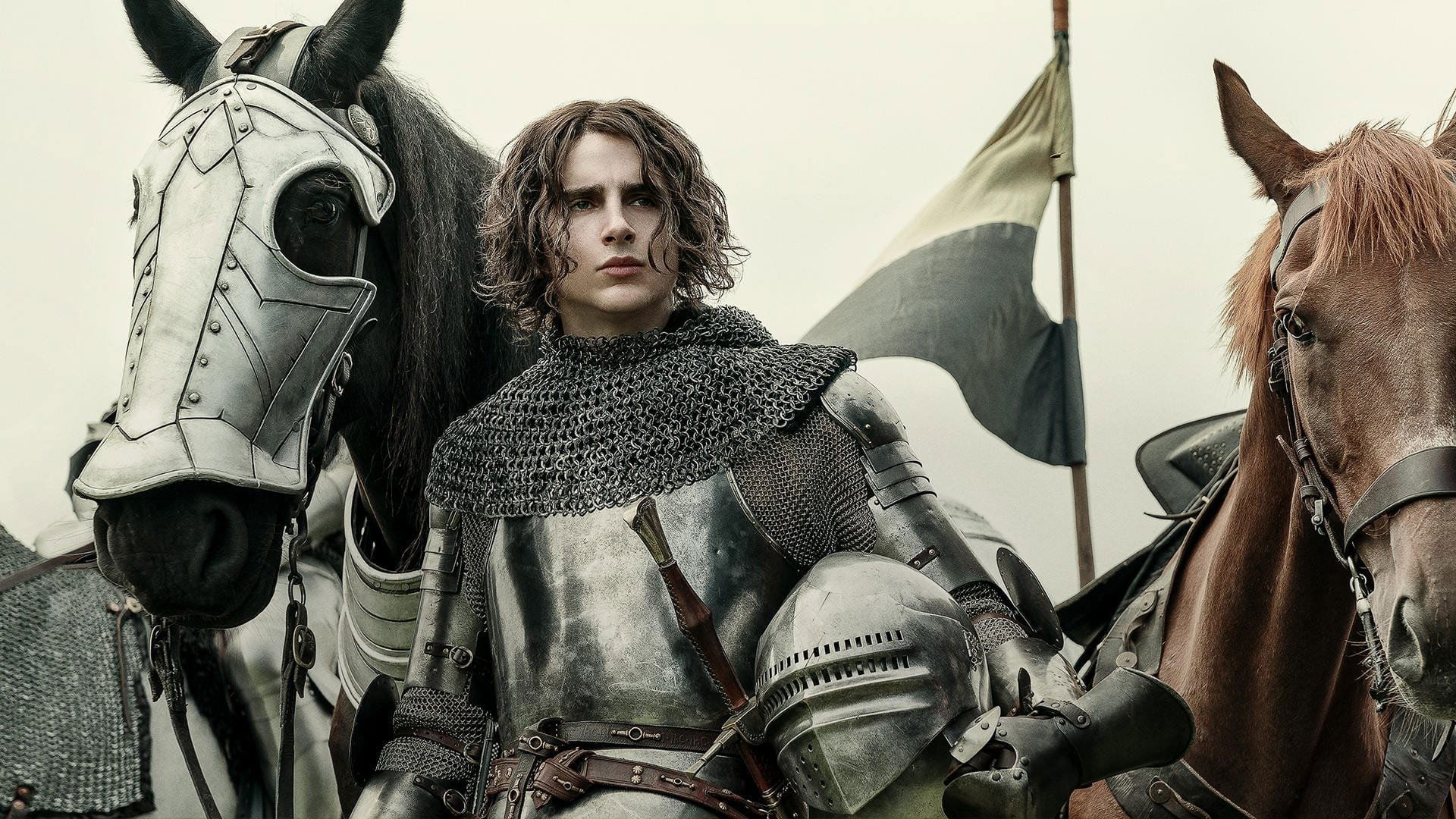
Timothée Chalamet as Prince Hal. Image via The Movie Db
The King
Timothée Chalamet stars as a reluctant King Henry V in Joel Edgerton’s fine screenplay, the King. This isn’t Shakespeare’s King Henry but one that shows a young man, prone to drunkenness and partying forced to be king after his father and chosen successor die. Young King Hal, wants more than anything to heal England’s infighting caused by his father and to avoid an expensive and unnecessary war with France. Apparently though, Henry is goaded into attacking France under what he later learns to be false pretences. The battle and fight scenes are brutal and realistic and Chalamet’s performance as the uncertain but wary young king is unrivalled.
You can feel the influence of this 1959 film even if you are sure how. Image via The Movie Db
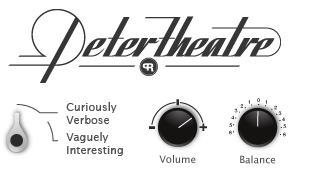

0 Comments:
Post a Comment
<< Home